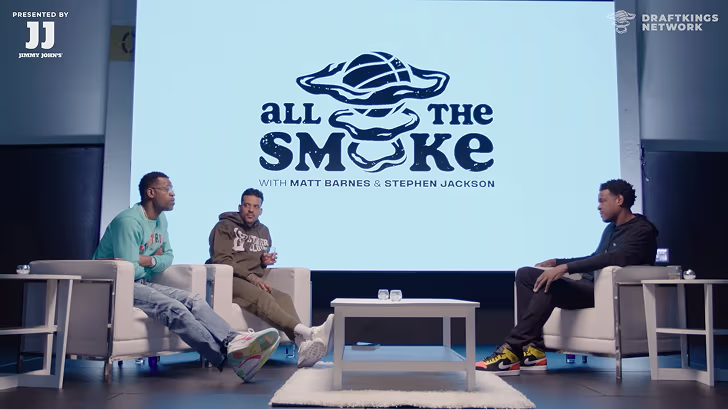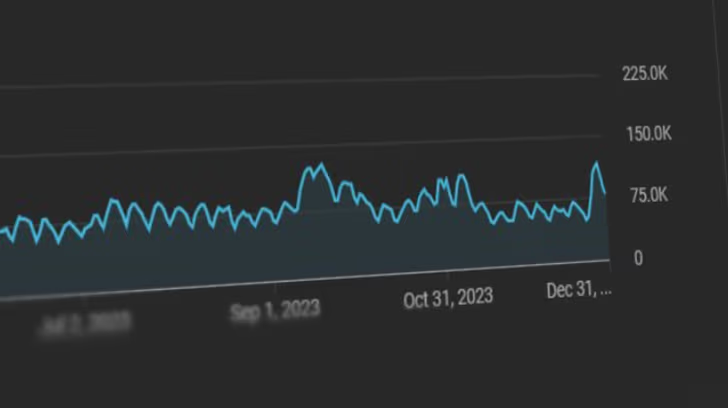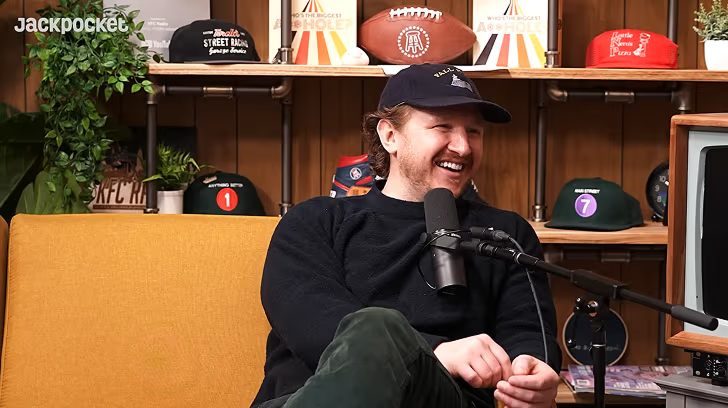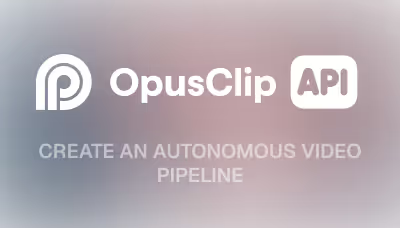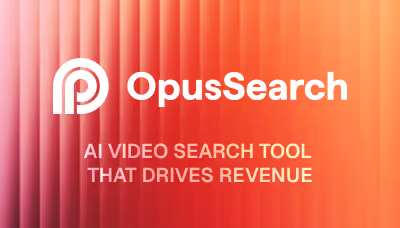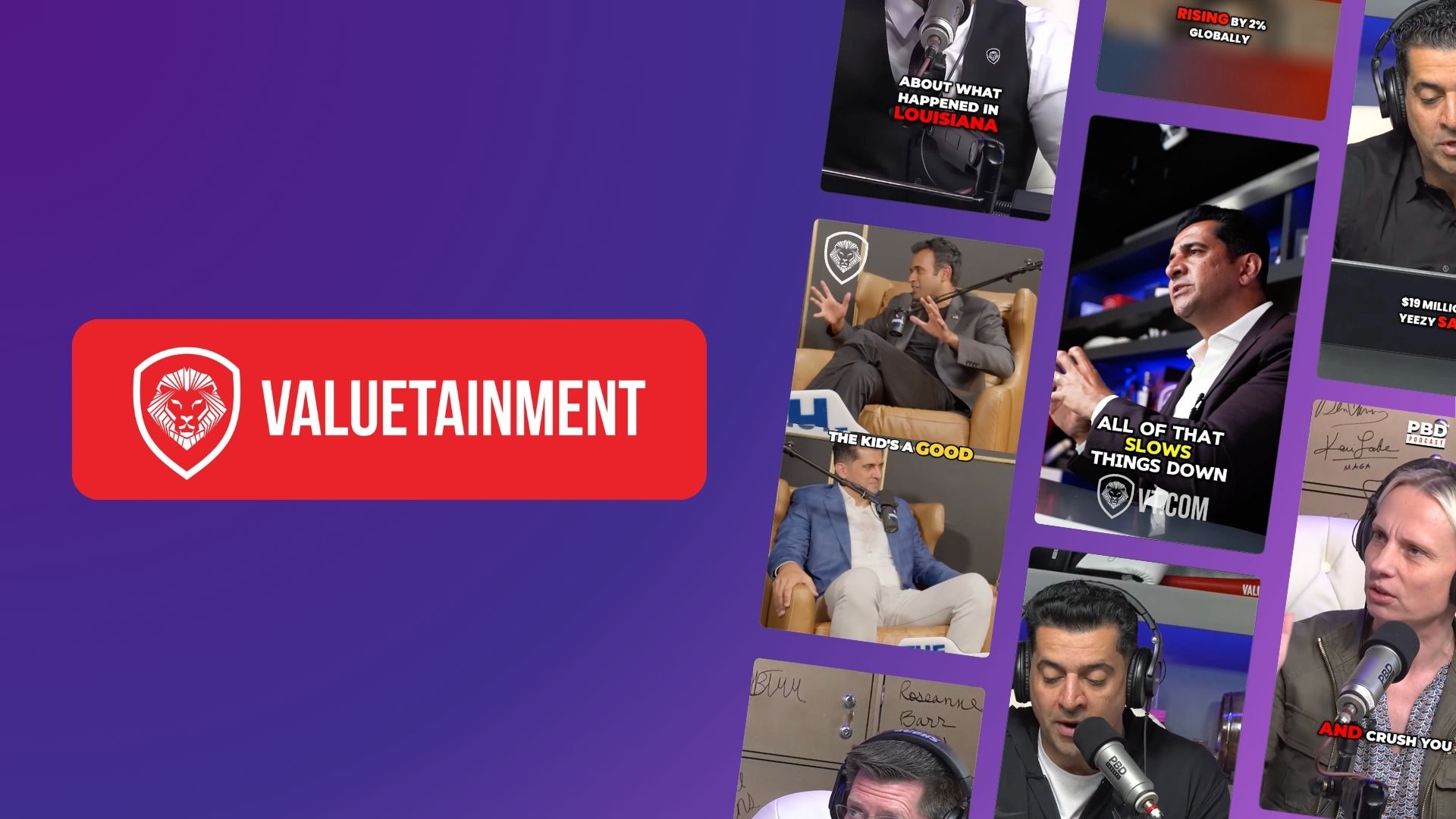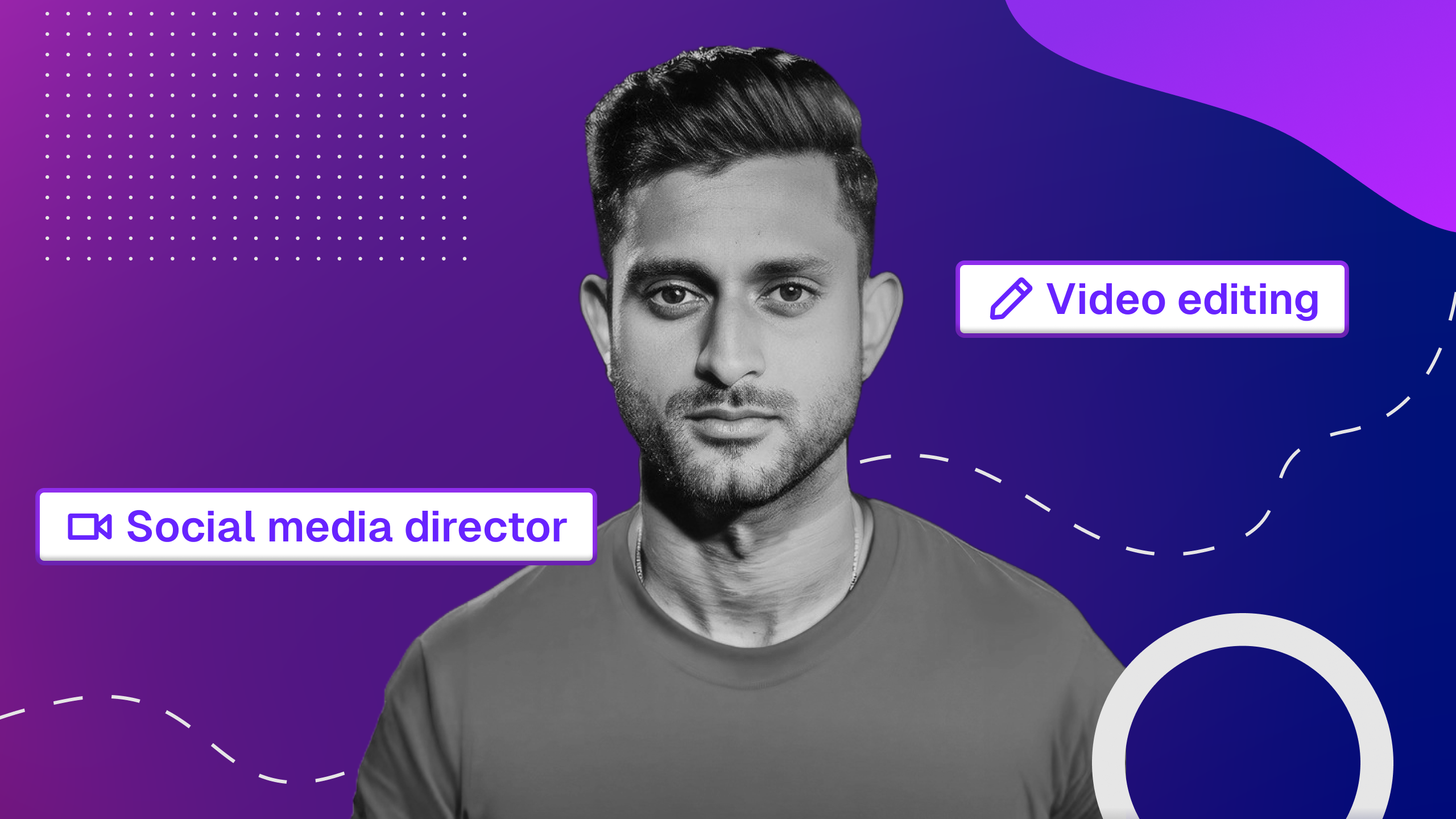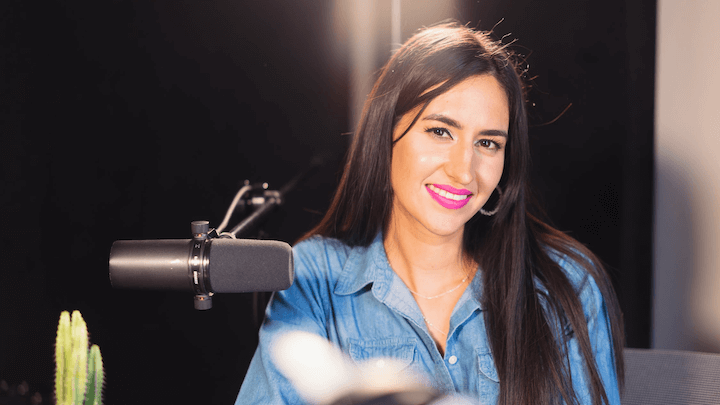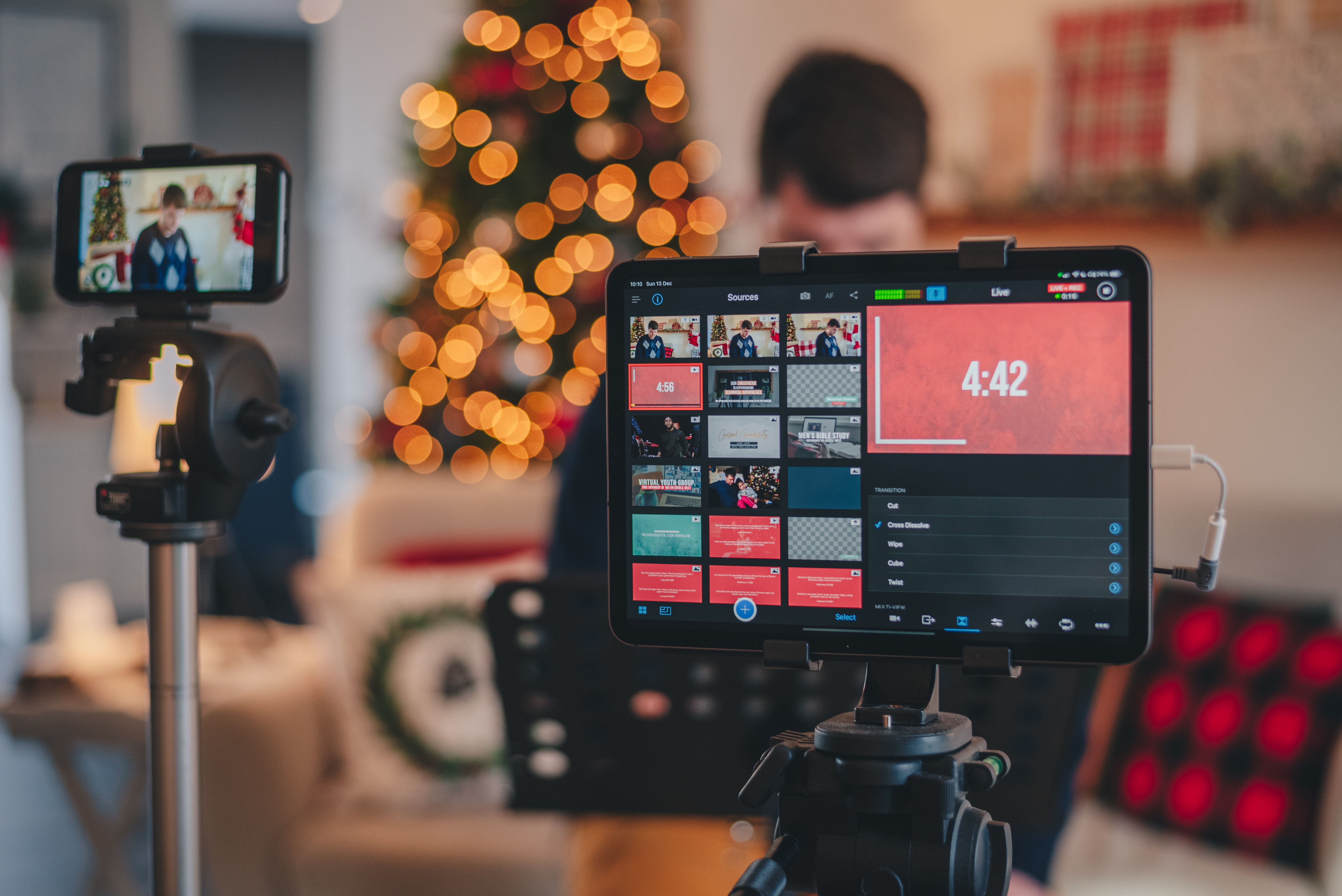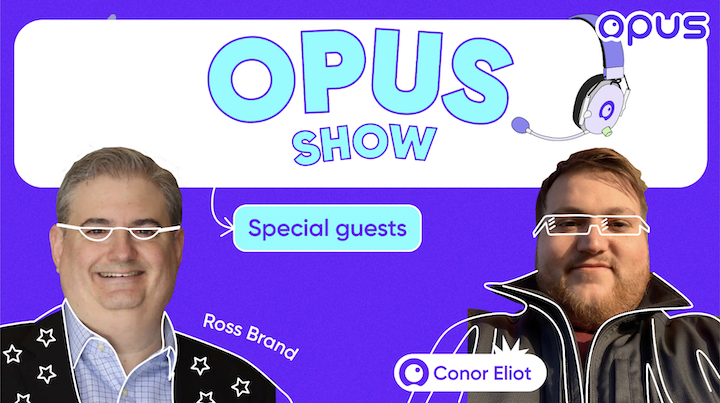How Call Her Daddy grew on YouTube through intimate interviews
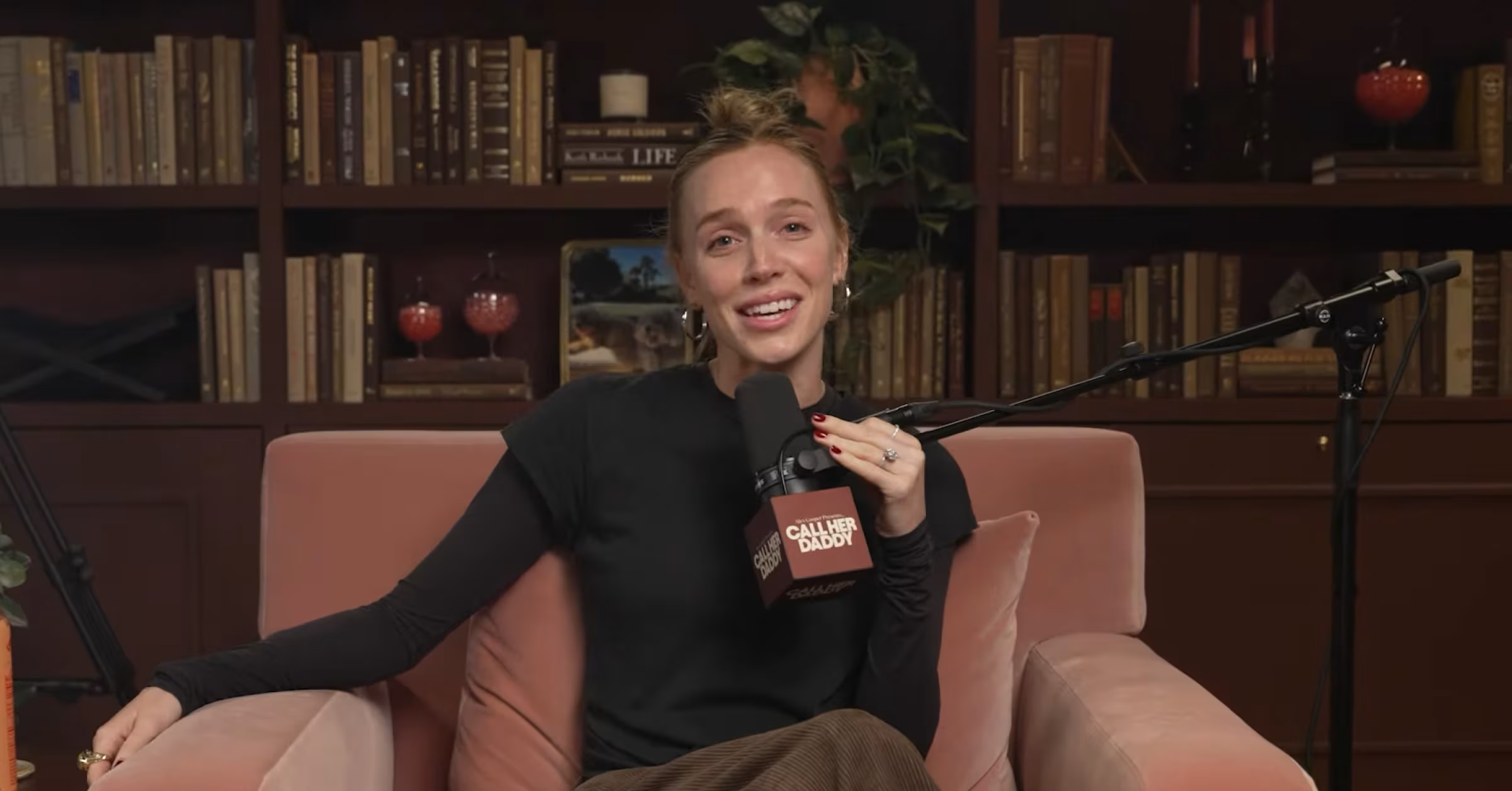
Call Her Daddy’s YouTube breakthrough isn’t your typical success story.
The show didn’t launch with a video-first focus. It started as an audio-only podcast. For years, the YouTube channel featured only short clips, not full episodes.
But today, the channel has over a million subscribers, pulls in millions of views, and hosts headline-making interviews—all without positioning itself as a traditional YouTube brand.
So, how did a show that began as an R-rated comedy podcast find real traction on YouTube? And more importantly, what can video-first creators learn from that shift?
Stick around to find out.
In this breakdown, we’ll unpack the moves that helped Call Her Daddy turn a nontraditional YouTube presence into real traction, one strategic phase at a time.
But first, let’s go back to the podcast’s roots.
Call Her Daddy started with two friends and a mic in New York
Call Her Daddy launched in 2018 as a comedy podcast hosted by Alexandra Cooper and Sofia Franklyn. The show began with unfiltered conversations about sex, dating, and millennial culture, delivered in a casual, confessional tone.

From left: Sofia Franklyn and Alexandra Cooper. Credit: DBNYC/MEGA
Shortly after launching, the show was acquired by Barstool Sports, which gave it access to a larger platform and stronger distribution. Within a year, it became one of the fastest-growing podcasts in the U.S.
The early growth was fueled by controversy, viral word-of-mouth, and a sharp brand identity that positioned it as “a female-led version of Howard Stern.” But through it all, the show remained audio-first.
By the time the show hit its stride, it had already proven it could dominate audio platforms. But its YouTube presence was still just a side channel, not a core part of the growth strategy.
That would change, but not right away.
Spotify exclusivity pulled long-form content off YouTube
In June 2021, Alexandra Cooper signed an exclusive licensing deal with Spotify, reportedly worth $60 million. This move made Call Her Daddy a Spotify-exclusive podcast across both audio and video formats.

As part of that agreement, full-length episodes were no longer uploaded to YouTube. The channel continued posting short clips and excerpts, but long-form content was restricted to Spotify’s platform.
This move limited the show’s visibility on YouTube. Without complete episodes, the channel couldn’t benefit from full-session watch time or long-form discoverability through YouTube’s recommendation engine.
Meanwhile, the show remained a breakout hit on Spotify. By 2022, Call Her Daddy was the platform’s second-most popular podcast globally, just behind The Joe Rogan Experience.

Spotify exclusivity paid off, but it stalled YouTube momentum—until the door finally reopened.
The show relaunched full episodes on YouTube after years of clips
In August 2024, Alexandra Cooper signed a new distribution and ad sales deal with SiriusXM, reportedly valued at up to $125 million.

The deal marked the end of her Spotify exclusivity and gave Call Her Daddy the freedom to publish content across multiple platforms, including YouTube.
Shortly after the deal was announced, full-length video episodes began rolling out on the Call Her Daddy YouTube channel for the first time in years.
And this time, it wasn’t just clips or curated highlights. These were full, high-production interviews repackaged for a visual-first audience.

The return of long-form content brought Call Her Daddy back into YouTube’s algorithm.
With stronger retention, longer session times, and consistent uploads, the channel finally had a foundation for long-term growth on a platform it had never fully leaned into.
How Call Her Daddy used YouTube strategically through every phase
Alex Cooper treated Call Her Daddy’s YouTube presence like a long-term strategy, not an afterthought. Even when full episodes couldn’t be posted, she found smart ways to keep the channel growing.
Here’s how she used YouTube through every phase:
1. She posted YouTube Shorts consistently, even during exclusivity
Between 2021 and 2024, while full episodes were limited to Spotify, Call Her Daddy kept showing up on YouTube.
Instead of going quiet, Alex Cooper leaned into Shorts. She pulled standout moments from podcast episodes, like emotional confessions and tense exchanges, and repackaged them into vertical videos.
The Shorts kept the channel active in the algorithm and regularly in front of new viewers. Many of them went viral, racking up hundreds of thousands or even millions of views.

In the past year alone, the videos brought in nearly 19 million views, showing just how powerful short-form content can be.

Source: Viewstats
For creators with limited upload flexibility, this is a low-lift way to stay in the game. You don’t need a full episode to post. Just pull a moment that hits, shape it for Shorts, and keep your audience engaged while you play the long game.
2. She used mid-length clips to build interest and prime future viewers
While Shorts helped with reach, mid-length video excerpts gave new viewers a feel for the show.
Each one Alex uploaded was built around a hook:
A raw confession. A moment of tension. A headline-ready quote. The kind of content that makes someone click, watch through, and want more.

Even during the Spotify exclusivity window, these clips kept viewers coming back. The channel couldn’t publish full episodes, but it didn’t need to. The mid-length videos did the job.
They revealed the show’s tone. They hinted at the depth behind each conversation. And they gave people a reason to subscribe.
They also played a key role in YouTube monetization. In the past year alone, the channel generated an estimated $98K to $272K in ad revenue, much of it tied to the consistent upload of mid-length videos.

Source: Viewstats
Here’s the takeaway for smart creators:
If you can’t share everything on YouTube, start here. Package mid-length moments that carry weight. Lead with curiosity. Give just enough for someone to care—and make them want the rest.
3. She published throwbacks to stay consistent without new production
When the show returned to full episodes on YouTube, it didn’t just focus on new interviews. It also brought back episodes from the Spotify years, many of which had never been published in full on YouTube.

The throwbacks worked because the content was still relevant, and most of the YouTube audience hadn’t seen them before.
In some cases, these episodes had already performed well on other platforms. Repackaging them for YouTube gave those moments a second chance to spark interest, and a new wave of engagement from a fresh audience.
For creators with a deep archive, this move is a no-brainer. You don’t need to create more. You need to surface what’s already working.
Repackage it. Give it context. And put it back in front of the algorithm.
Old episodes aren’t old if they never got the right exposure.
But pulling those moments manually? Re-editing? Rewriting titles? That kind of repurposing takes time, and most creators don’t have it.
That’s where the right tools make all the difference.
OpusSearch makes it easy to scale what worked for Call Her Daddy
Call Her Daddy’s YouTube strategy wasn’t about flooding the feed. It was about making smart use of the content that already existed.
That’s where most creators get stuck—not in creating, but in pulling the right moments, turning them into the right formats, and getting them out fast.
OpusSearch makes that process simple. And that’s what gives creators an edge.
For creators with large back catalogs—especially podcasters and long-form video channels—OpusSearch helps surface high-impact content and turn it into growth assets.

With OpusSearch, you can:
- Search your entire video archive by topic, quote, or keyword
- Pull out high-performing segments for Shorts, mid-length clips, or throwbacks
- Clip and export instantly, with timestamps and transcripts already in place
- Spot repurposing opportunities without rewatching hours of footage
The strategy is proven. The process is the hard part. OpusSearch removes the friction so you can execute faster.
If your archive’s just sitting there, OpusSearch is how you turn it into growth. Book a free demo today to see the tool in action.
Your back catalog could be your biggest YouTube advantage
Call Her Daddy didn’t grow on YouTube by doing more. It grew by doing the right things with what was already there.
Shorts kept the channel active. Mid-length clips built interest. Old episodes came back with better packaging and better timing.
The lesson is simple but easy to overlook:
If you’ve already put in the work, the next step isn’t starting from scratch. It’s using what you’ve already made to drive what comes next.



